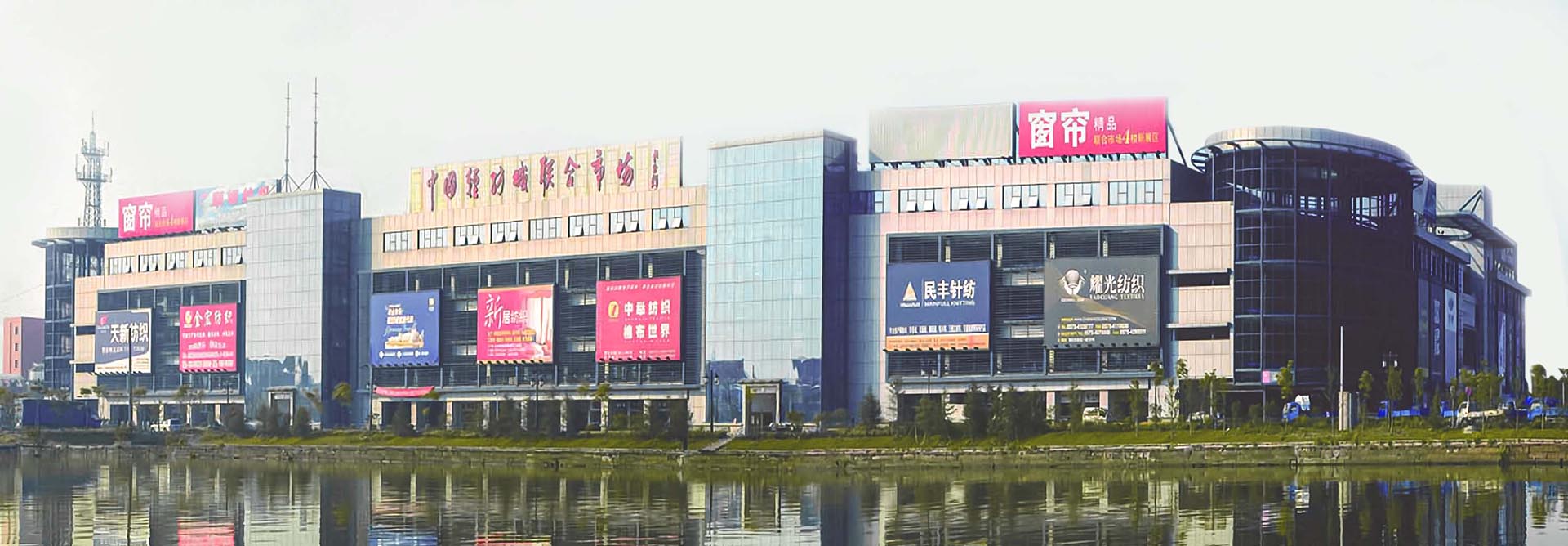According to the British PIRA agency, from 2014 to 2015, global digital printing output will account for 10% of the total textile printing output, and the number of digital printing equipment will reach 50,000 sets.
According to the domestic development situation, it is preliminary estimated that my country’s digital printing output will account for more than 5% of the total domestic textile printing output, and the number of digital printing equipment will reach 10,000 sets.
But at present, the development level of digital printing technology still needs to be improved in China. Different from traditional printing, the success or failure of digital printing products lies not only in the quality of the digital printing machine, but also in the overall production process. The printing nozzles, inks, software, fabric adaptability and pre-processing are all key, and it depends on whether the digital printing technology can Help companies realize the “mass customization production model”. According to the current market conditions, the investment income of digital printing is 3.5 times higher than that of traditional printing, and the payback period is about 2 to 3 years. Taking the lead in entering the digital printing market and being ahead of competitors will benefit the company’s long-term development in the textile industry.
Digital printing has higher color saturation, and fashion products can be customized on demand. The micro-jet printing machine can even transfer the pattern to the aluminum plate by using the thermal transfer process to achieve photo-level image display. At the same time, it also allows users to achieve low energy consumption and pollution-free production.
Digital printing has high flexibility in production, short process flow and high efficiency. It has unparalleled advantages in the printing of high-precision patterns such as color gradients and moiré patterns. It is technically able to achieve low energy consumption and pollution-free production. The “Twelfth Five-Year Plan” puts forward higher energy saving and emission reduction requirements for the printing and dyeing industry, and digital printing has become a trend in the printing industry.
Post time: May-11-2021





